Oregano Profile
Written by Joy
Oct 30 2020
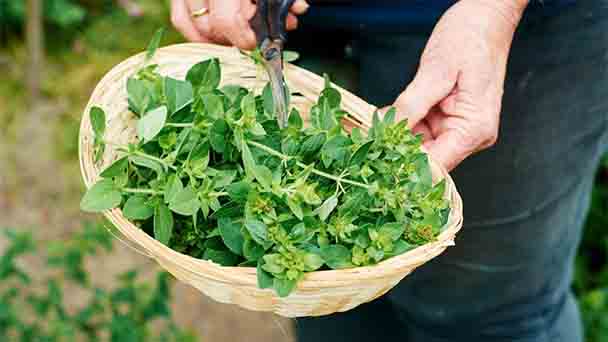
Oregano is a perennial semi-shrub or herbaceous plant in the Lamiaceae family. Rhizome is often oblique and woody. The stem of Oregano can reach 60 cm in height, quadrangular in shape, and often without leaves near the base. The underside of the leaf is nearly round. The leaves are oval or oblong-ovate, apex obtuse or slightly obtuse, bright green on the top, often with purple halo, and light green on the bottom. The bracts of oregano are mostly sessile, and the inflorescences are corymb-like panicles with many dense flowers. , Composed of spikelets. Bracts are sharp, green or with purple halo, calyx is bell-shaped, corolla purplish red, reddish to white, tubular-bell-shaped, bisexual corolla, crown eaves clearly two-lipped, filamentous, flat, glabrous, anther oval. Style of such a plant is slightly beyond stamens, and its lobes are subulate. Small nuts are usually ovoid. Oregano generally blooms from July to September and bears fruit from October to December.
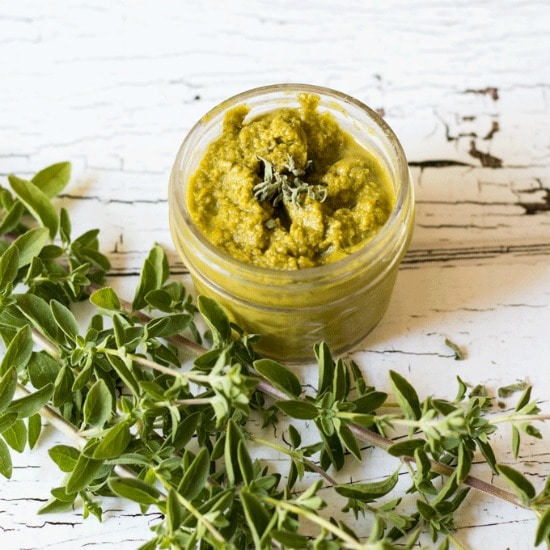
Oregano morphological characteristics
Oregano is a perennial herb or semi-shrub. The rhizome grows obliquely, with slender fibrous roots at its nodes. The stem of oregano is erect or near the base, usually 25-60 cm high, quadrangular in shape, with pubescent or slightly curled pubescent hairs. From the rhizome of oregano, the middle and upper nodes have flowery branches, the lower nodes have sterile short branches, and there are often no leaves near the base of oregano.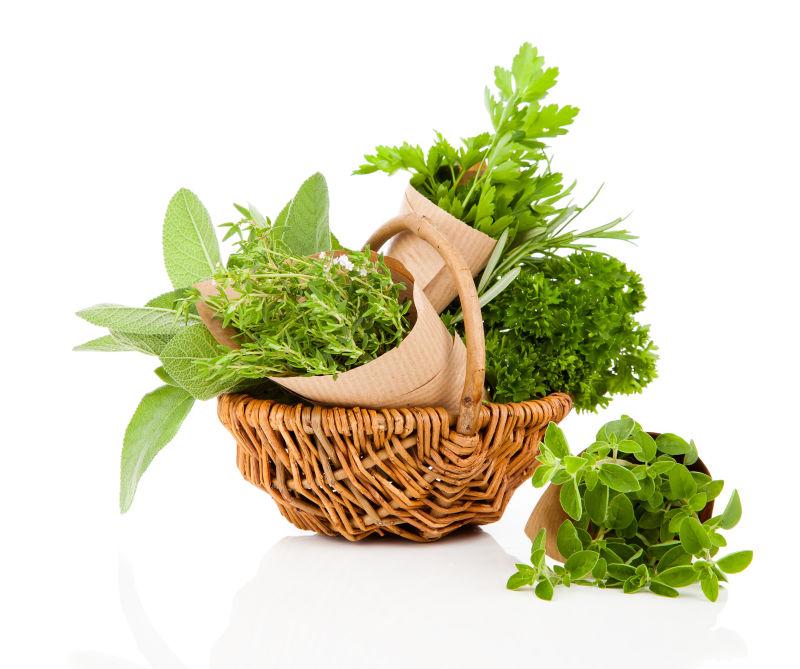
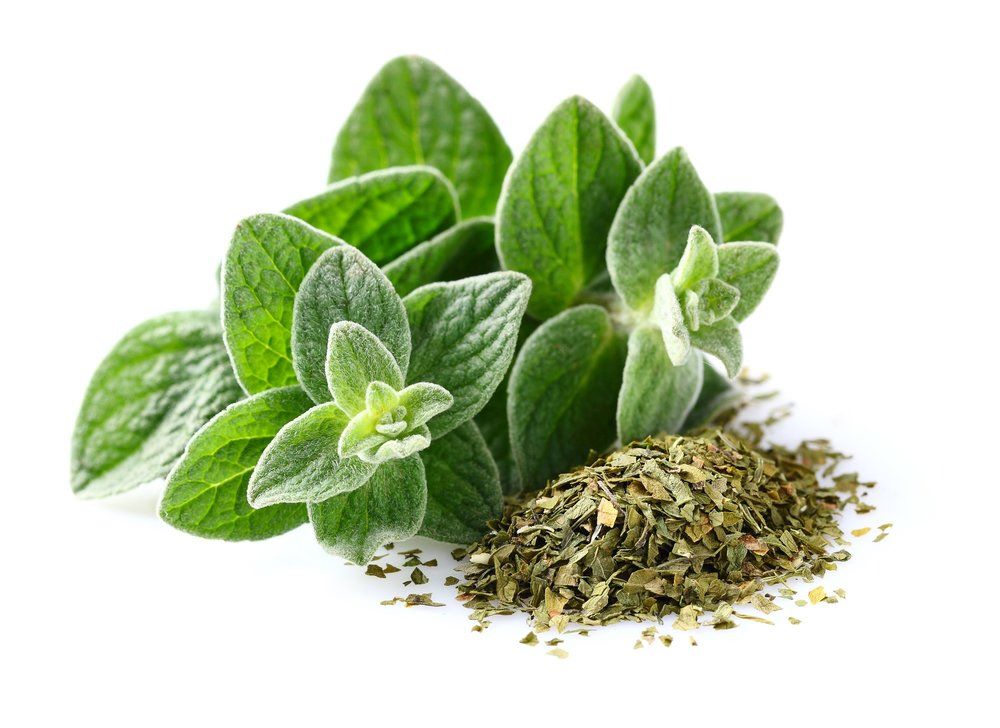
Oregano growth habit and growing environment and distribution
Oregano is widely distributed in Henan, Jiangsu, Zhejiang, Anhui, Jiangxi, Fujian, Taiwan, Hubei, Hunan, Guangdong, Guizhou, Sichuan, Yunnan, Shaanxi, Gansu, Xinjiang and Tibet. This herb often grows on roadsides, hillsides, under forests and grasslands at an altitude of 500-3600 meters. It also exists in Europe, Asia and North Africa, and it is also introduced in North America.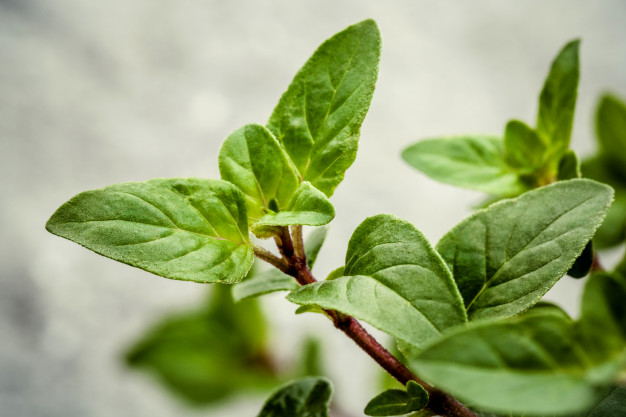
Oregano efficacy and role
Oregano medicinal efficacy
The whole oregano herb is used as a medicine to prevent influenza, cure heatstroke, colds, headaches, weight, abdominal pain, vomiting, fullness of the chest and diaphragm, food stagnation, edema, abdominal distension, diarrhea, menorrhagia, uterine bleeding, skin itching and edema and other diseases, its function of dispelling cold is better than peppermint.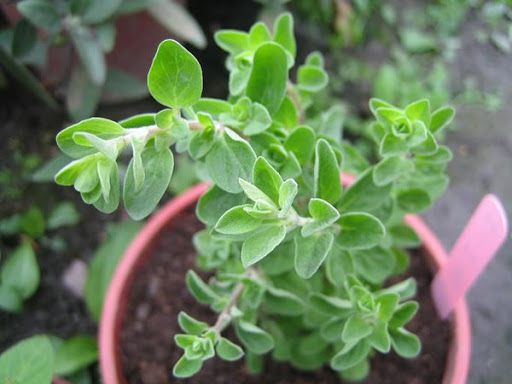
Oregano economic efficacy
The whole oregano plant can also extract aromatic oil, fresh stems and leaves contain 0.07-0.2% oil, dry stems and leaves contain 0.15-4% oil, specific gravity (15°C) 0.868-0.910, optical rotation (20°C) -20°-70 °, the alcohol content (calculated as vanilla alcohol) is 2-3%, and the phenol content (calculated as thymol) is about 7%. In addition to flavoring, it is also used as an ingredient in Koji. In addition, it is a good nectar plant.Oregano reproduction method
The direct seeding method of oregano is used to sown in spring in March. After mixing the oregano seeds with fine sand, the holes are planted at a row spacing of 25×20 cm. You'd better drill the ditch according to the row spacing of 25 cm, and sow the seeds of oregano evenly. Before sowing, it's a good idea to mix seed dressing with new high-fat film and seed coating agent to repel underground pests, isolate virus infection, strengthen breathing strength, and increase the germination rate of oregano seeds. After the whole ground is planted, the new high-lipid film 600-800 times liquid is sprayed on the surface of the soil, which can protect the moisture and water evaporation, sunscreen and drought resistance, prevent soil layer compaction, suffocate and isolate the source of diseases and insects, and improve the emergence rate of oregano seeds.Oregano cultivation
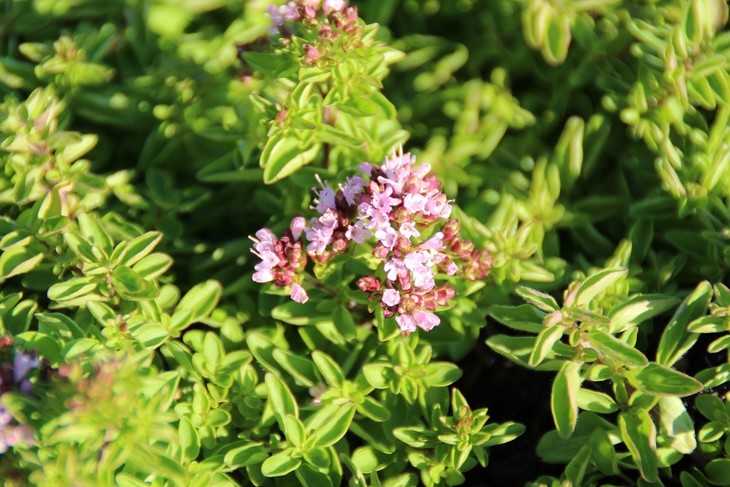
Oregano pest control
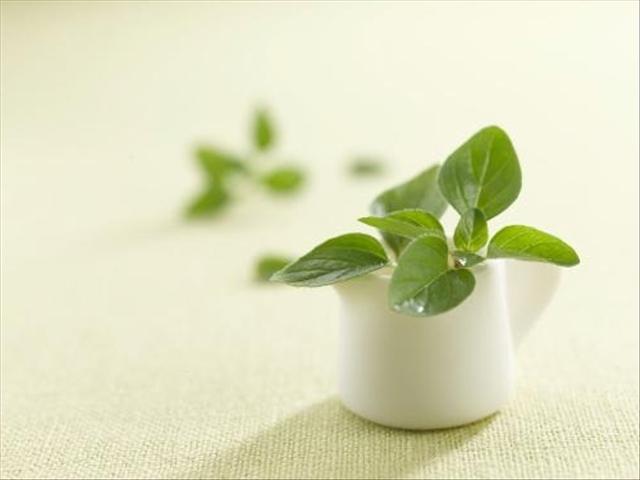
Latest Updated
- Benefits of Bugleweed - 7 Science-backed Health Benefits
- Bugleweed Dangers & Side Effects - Is It Poisonous?
- How to Plant Evergreen Trees - What You Should Know
- When to Plant Evergreens - Grow Guide for Evergreen Trees
- 12 Wonderful Evergreen Shrubs for Your Garden
- 12 Popular Evergreen Plants with Pictures for Beginners
- When And How To Prune A Lilac Bush Like a Pro
- How to Grow & Care for Lilac Vine (Hardenbergia Violacea)
- Japanese Lilac Tree (Syringa Reticulata) Care & Propagation Guide
- Shumard Oak Pros and Cons - What to Know
Popular Articles
- Winter maintenance of Antirrhinum Majus
- How to Grow Terminalia Mantaly Tree
- How to Grow and Care for Crossostephium Chinense
- How to grow Antirrhinum Majus in spring
- Peristeria Elata (Dove Orchid) Profile: Info & Care Guide
- Underwatered Snake Plant (Sansevieria Trifasciata) - Signs And How To Fix
- How to Care for Brazilian Jasmine Plant (Mandevilla Sanderi)
- How to Grow & Care for Graptopetalum Purple Delight in Summer
- Rosa Chinensis (China Rose): Plant Growing & Care Tips
- How to Care for Baby Sun Rose (Aptenia Cordifolia)